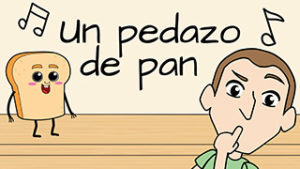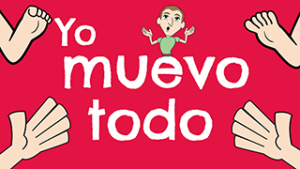
Spanish Bite – Regular -IR verbs (Preterite)
¡Hola! Welcome to this NEW series on incredibly short Spanish lessons! There are two bite-sized versions of this topic. One that
I make videos to help people as they are learning Spanish.
Please feel free to check out my videos.
If you’d like to support my video project,
donate monthly or one time here:
https://ko-fi.com/senorjordan

¡Hola! Welcome to this NEW series on incredibly short Spanish lessons! There are two bite-sized versions of this topic. One that

¡Hola! Welcome to this NEW series on incredibly short Spanish lessons! There are two bite-sized versions of this topic. One that

¡Hola! Welcome to this NEW series on incredibly short Spanish lessons! There are two bite-sized versions of this topic. One that

¡Hola! Welcome to this NEW series on incredibly short Spanish lessons! There are two bite-sized versions of this topic. One that

¡Hola! Welcome to this NEW series on incredibly short Spanish lessons! There are two bite-sized versions of this topic. One that

¡Hola! Welcome to this NEW series on incredibly short Spanish lessons! There are two bite-sized versions of this topic. One that

Here’s an original song about a piece of bread with a plan! I hope it helps you practice tener, querer, sacar

Here’s an original song for you to be able to practice body parts in Spanish! Hopefully you enjoy it! You can

Here’s a song for you to practice conjugating various reflexive verbs! You can also watch the explanation video here. You can

Hola. I go by Señor Jordan and in college I majored in Spanish and communications at Truman State University in Kirksville, MO. I have been a teacher since 2006.
I first started learning Spanish in high school and ever since then, I’ve been in love with the Spanish language. I studied abroad while in college in Costa Rica. I have also traveled on a few mission’s trips as an interpreter and been involved in Spanish-speaking ministries in the U.S. since 2004.
People often have asked me how they can learn Spanish better and I’ve noticed that there are not very many good free resources. I would also not like to recommend someone to use a paid service since I would hate for them to waste money on a bad program.
I decided to start this site to help people wanting to learn Spanish, as there were not a lot of great resources back in 2008. I never imagined that they would be used by people around the world, wanting to learn Spanish!
Hopefully they are helpful to you as well!
